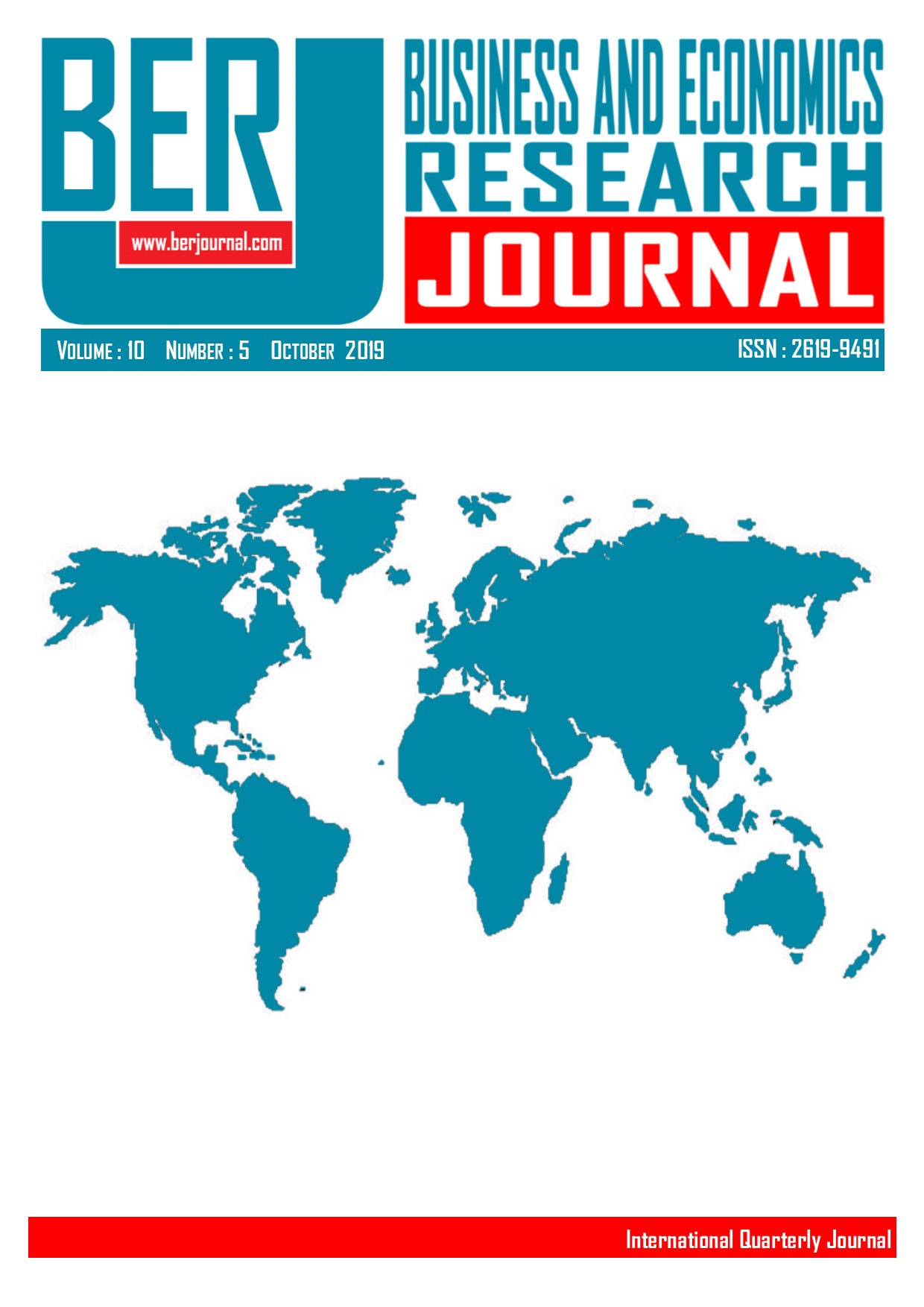Middle-Income Trap: The Case of Poland
Middle-Income Trap: The Case of Poland
Author(s): Bozena LevenSubject(s): National Economy
Published by: Adem Anbar
Keywords: Economic Growth and Aggregate Productivity; International Factor Movements;
Summary/Abstract: The middle-income trap (MIT) describes systemic growth obstacles shared by various countries that occur typically at the middle-income level of their development. The following analysis relies on Rostow’s classification of the stages of economic development. We focus on Rostow stages three and four, where moving from labor intensive, import and foreign direct investment (FDI) driven growth to reliance on high value-added output and exports with embedded high content of capital and technology can render sustainable long-term growth problematic. To examine MIT we study Poland, which has relied on relatively low labor costs, imported technologies, funding from the European Union and FDI to attain middle-income status. A recent slowing in Poland’s growth may signal that it has exhausted some of these growth factors and is more vulnerable to MIT. To assess this vulnerability, we analyze changes in Poland’s factor productivity, investment patterns, FDI, labor force educational attainments, new technology/product development, imports, export diversification, product complexity, and other factors. We conclude that certain conditions consistent with MIT are gaining importance in Poland and represent a challenge to its future economic growth.
Journal: Business and Economics Research Journal
- Issue Year: 10/2019
- Issue No: 5
- Page Range: 1029-1038
- Page Count: 10
- Language: English

